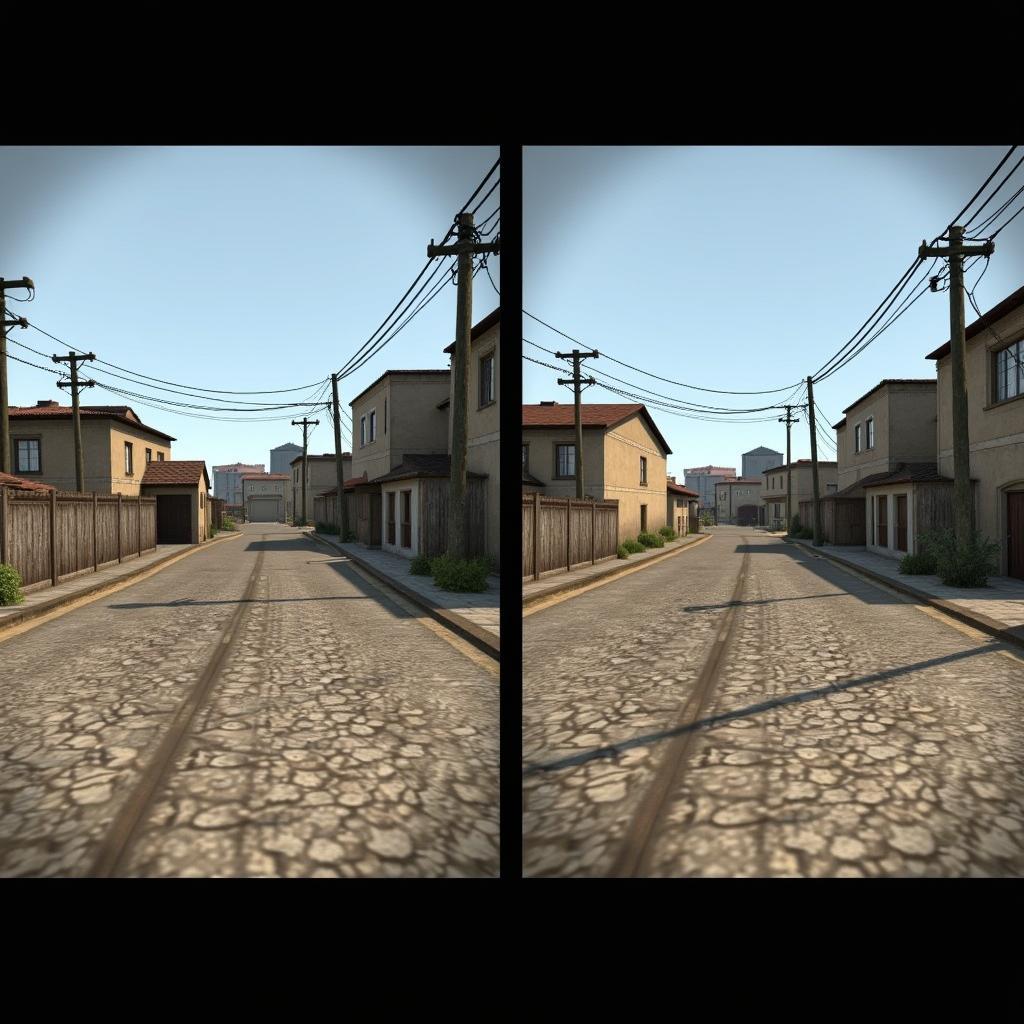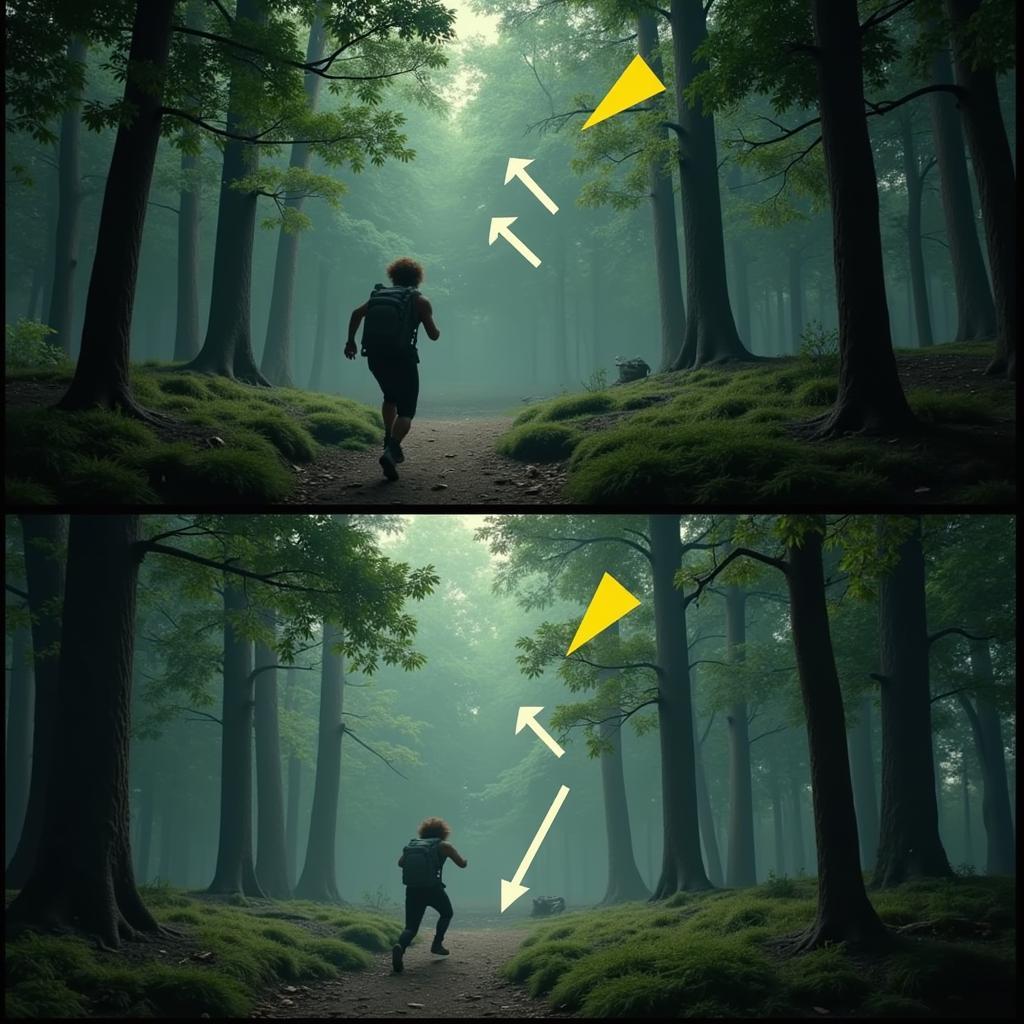The term “M_yaw” might seem like technical jargon at first glance, but for those involved in the world of game development, especially those working with 3D environments, it’s a fundamental concept. Simply put, m_yaw refers to the yaw rotation of an object, typically a camera or a character, within a 3D space. This rotation occurs around the vertical axis, controlling the direction the object is facing in a horizontal plane. Imagine yourself turning your head left or right – that’s essentially yaw in action.
The Significance of M_Yaw in Game Development
M_yaw plays a crucial role in shaping the gameplay experience. It’s instrumental in:
- Camera Control: M_yaw dictates the horizontal movement of the camera, allowing players to look around the game world and interact with their surroundings.
- Character Movement: In many games, m_yaw determines the direction a character faces and moves, influencing actions like aiming, shooting, and navigating the environment.
- Object Orientation: M_yaw can also be applied to other objects within the game, such as vehicles or projectiles, affecting their trajectory and behavior.
 M_Yaw in Camera Control
M_Yaw in Camera Control
Working with M_Yaw: From Code to Gameplay
In programming terms, m_yaw is often represented as a variable within a game engine’s code. This variable typically holds a floating-point value, measured in degrees or radians, that determines the object’s rotation around the vertical axis. By manipulating this value, developers can control how the object rotates within the game world.
For instance, increasing the m_yaw value might cause a character to turn to the right, while decreasing it could make the character turn left. The specific implementation of m_yaw can vary depending on the game engine and programming language used, but the underlying principle of controlling rotation around the vertical axis remains consistent.
 M_Yaw and Character Movement
M_Yaw and Character Movement
Common Challenges and Solutions
While a seemingly simple concept, m_yaw can present certain challenges:
- Gimbal Lock: This occurs when two of the three axes of rotation align, resulting in a loss of a degree of freedom. This can lead to unexpected and undesirable camera or object behavior.
- Smooth Rotation: Ensuring smooth and responsive rotation, especially with player input, requires careful calibration and handling of the m_yaw variable.
To address these issues, developers employ various techniques:
- Quaternions: Instead of using Euler angles (like yaw, pitch, and roll), quaternions provide a more robust mathematical representation of rotations, effectively avoiding gimbal lock.
- Input Smoothing: Applying smoothing algorithms to player input can help create more fluid and natural camera or character movement.
M_Yaw: A Small Detail, a Big Impact
Although m_yaw might seem like a minor technicality, its impact on the overall gameplay experience is substantial. Understanding and effectively utilizing m_yaw is essential for creating immersive and engaging 3D games. From controlling camera movement to dictating character actions, this seemingly simple concept plays a crucial role in bringing virtual worlds to life.





